Plans to build facilities to localise supply chains are being accelerated by Chinese car manufacturers as they try to mitigate electric vehicle (EV) tariffs.
The latest country to hit Chinese EVs with an import tax is Canada, which says it will impose a 100% tariff.
The new import tax will come into effect from October 1, after similar announcements by the US and the EU.
The EU published revised tariffs of up to 36.3% on EV imports earlier this month (August).
Rho Motion analysts says that Canada’s decision will be felt most by Tesla, which will need to rearrange its production plan to ensure the supply of US-made vehicles to the North American market.
Yu (Frank) Du, China research lead at Rho Motion, said: “Chinese EV manufacturers have certainly had the fire lit under them this year to diversify their geographical supply chain, thanks to sudden increases in tariffs with the latest hike coming from Canada this morning.
“The result of which sees Chinese manufacturers significantly accelerating their current plans and announcing fresh sites in new territories.”
Chinese OEMs are already bringing forward plans to build facilities in Europe, Turkey, Thailand, Mexico, Morocco and Brazil.
In total, around a dozen new facilities outside of China are planning to open/ramp up in the next few years to deliver local, Chinese branded EVs.
Brands such as BYD, SAIC and Chery are among those manufacturers finding new sites to build cars and batteries.
Tesla, which also has historically relied on Chinese manufacturing facilities, is equally looking elsewhere for their production lines, focussing in particular on their sites in Berlin and Texas.
Some governments are also dangling subsidy carrots for Chinese OEMs looking to open new manufacturing plants.
Brazil, for example, is offering generous tax incentives, Turkey is proffering almost $10 billion to support EV and battery manufacturing there and India is reducing customs duties in return for commitments to localising supply chains.
The marked exception being China’s presence in the USA which remains minimal.
Analysts point to the consumer sentiment towards Chinese brands, the trend in larger vehicle models in the USA and China’s lack of aftercare facilities deterring potential customers.

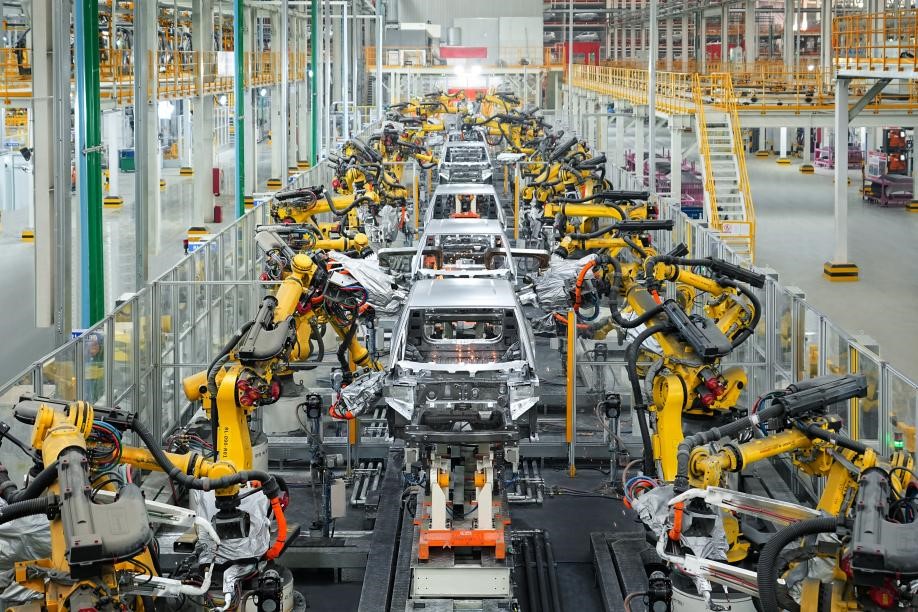

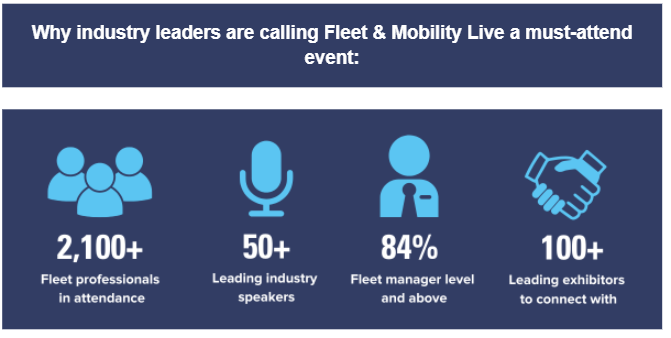



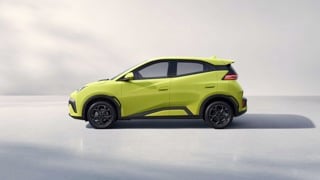
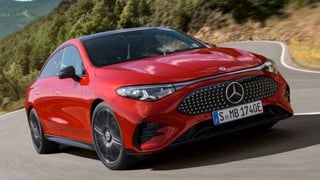
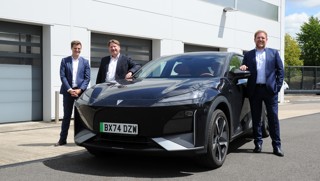














Login to comment
Comments
No comments have been made yet.